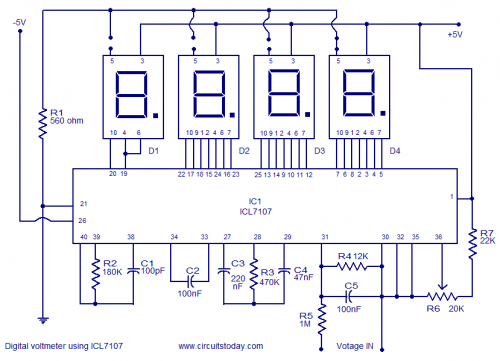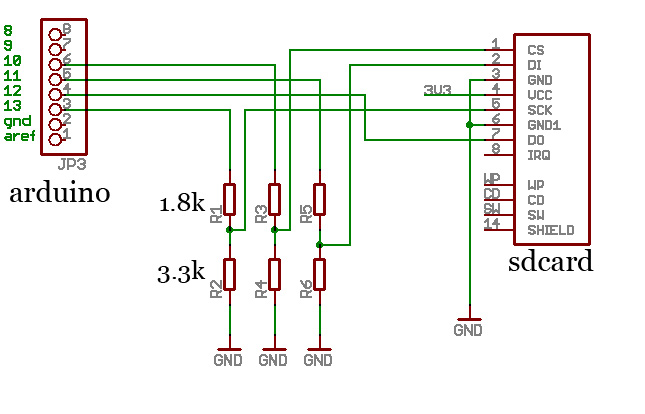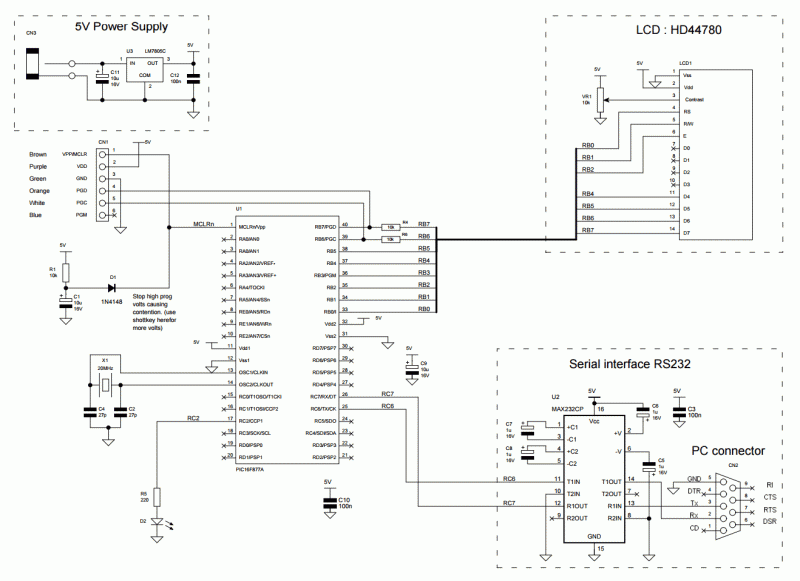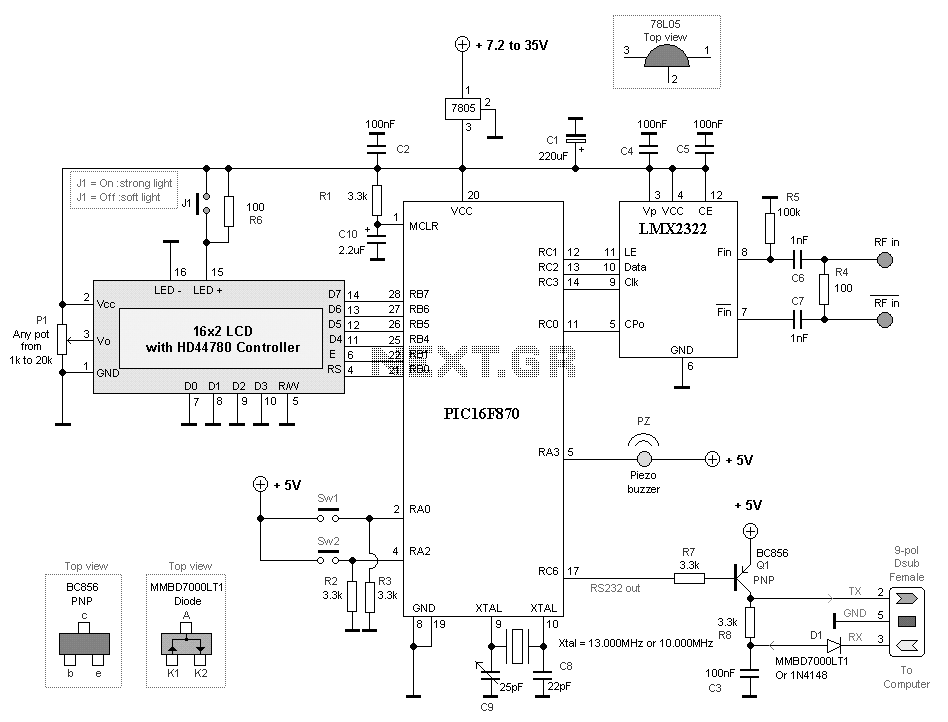
2x16 lcd and 4x4 keypad interfacing 8051
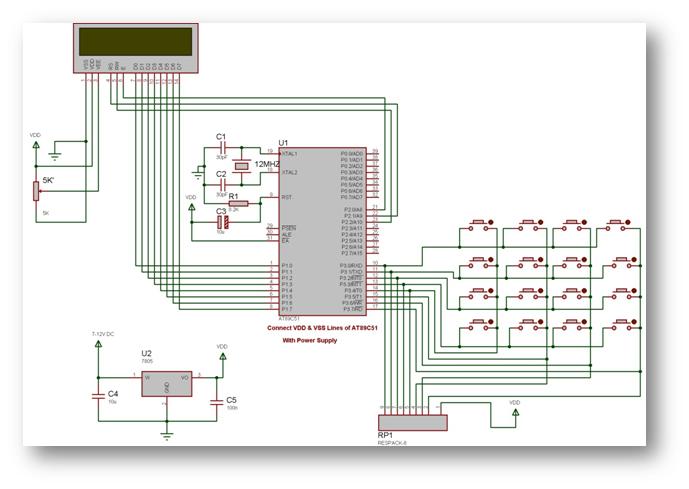
Microcontrollers are merely silicon wafers until programmed to perform specific tasks based on user requirements.
Microcontrollers serve as the fundamental building blocks in modern electronic systems, acting as the brains that control various functions within devices. They consist of a processor core, memory, and programmable input/output peripherals, all integrated into a single chip. The processor core executes instructions from stored programs, while the memory typically includes both volatile RAM for temporary data storage and non-volatile flash memory for storing firmware.
When designing a circuit that incorporates a microcontroller, several key considerations must be taken into account. The microcontroller should be selected based on the required processing power, memory capacity, and the number of input/output pins needed for interfacing with other components. Common applications include automation systems, robotics, and consumer electronics, where microcontrollers can manage tasks such as sensor data acquisition, control algorithms, and communication protocols.
The programming of a microcontroller is accomplished using high-level languages like C or C++, or low-level assembly language, depending on the complexity of the application. Development environments often include an integrated development environment (IDE) that facilitates code writing, debugging, and uploading the program to the microcontroller.
In addition to the microcontroller itself, the circuit design typically includes supporting components such as voltage regulators, capacitors for power filtering, and resistors for pull-up or pull-down configurations on I/O pins. The design may also incorporate communication interfaces like UART, SPI, or I2C, allowing the microcontroller to communicate with other devices or microcontrollers.
Overall, microcontrollers transform passive silicon wafers into dynamic, programmable components capable of executing a wide range of tasks, making them essential in contemporary electronic design.Microcontrollers are just silicon wafers until we tell them what to do, program them according to our requirement.Read More.. 🔗 External reference
Microcontrollers serve as the fundamental building blocks in modern electronic systems, acting as the brains that control various functions within devices. They consist of a processor core, memory, and programmable input/output peripherals, all integrated into a single chip. The processor core executes instructions from stored programs, while the memory typically includes both volatile RAM for temporary data storage and non-volatile flash memory for storing firmware.
When designing a circuit that incorporates a microcontroller, several key considerations must be taken into account. The microcontroller should be selected based on the required processing power, memory capacity, and the number of input/output pins needed for interfacing with other components. Common applications include automation systems, robotics, and consumer electronics, where microcontrollers can manage tasks such as sensor data acquisition, control algorithms, and communication protocols.
The programming of a microcontroller is accomplished using high-level languages like C or C++, or low-level assembly language, depending on the complexity of the application. Development environments often include an integrated development environment (IDE) that facilitates code writing, debugging, and uploading the program to the microcontroller.
In addition to the microcontroller itself, the circuit design typically includes supporting components such as voltage regulators, capacitors for power filtering, and resistors for pull-up or pull-down configurations on I/O pins. The design may also incorporate communication interfaces like UART, SPI, or I2C, allowing the microcontroller to communicate with other devices or microcontrollers.
Overall, microcontrollers transform passive silicon wafers into dynamic, programmable components capable of executing a wide range of tasks, making them essential in contemporary electronic design.Microcontrollers are just silicon wafers until we tell them what to do, program them according to our requirement.Read More.. 🔗 External reference

